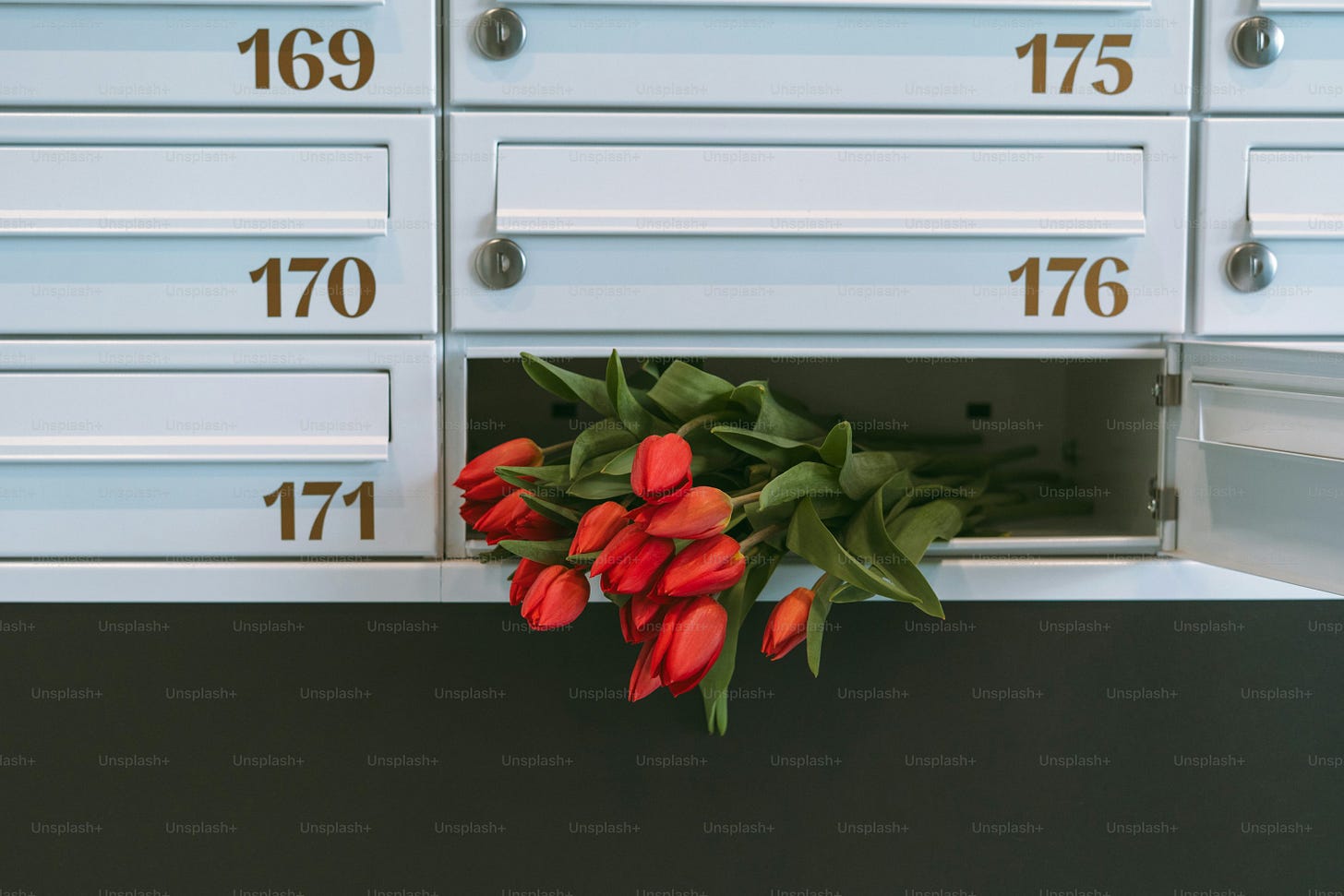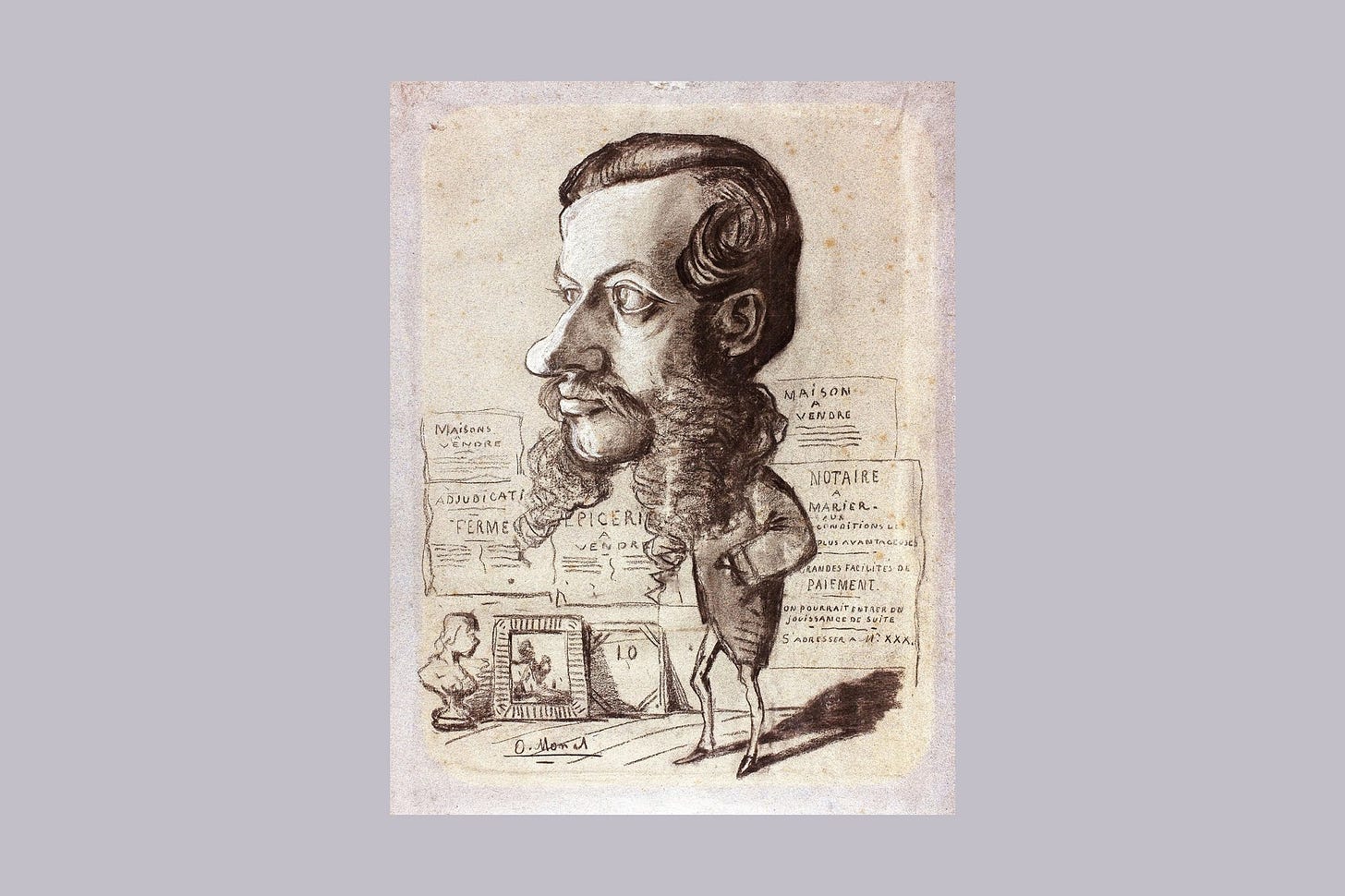serendipity in creation
the magic of unexpectedness [92]:
The magic of randomness, or unpredictability, lent its magic to one’s creation: art, science, or any product of love. I often press things so much to go my way: write a certain way, at a certain cadence, counting on the expectation that the right ideas will come and the right feels emerge. However, the “best” writing comes when I least expect it.
The truth is, most of us don't know our limits. We don’t know what will catapult us to new levels. We think we are doing things correctly, but we might not. What if a large majority of the time we do things in vain until a pivotal point where everything changes?
I recently read the book “Vagina Obscura” by Rachel E. Gross and came across a fascinating incident in time. The significant progress with IVF was discovered completely out of accident by researcher Miriam Friedman. She had been working on this project for years with no result, day in and day out, following the same steps and procedure. Not until she forgot about her specimen and left the egg and sperm significantly longer together that a breakthrough was achieved.
For scientific discoveries that pushed the human’ frontier, some advances are achieved through randomness or seemingly “faulty processes”. Because our reasoning exists within our bounds of knowledge, a breakthrough sometimes requires a decision beyond our imagination. Some examples include penicillin, the pacemaker, the X-ray, corn flakes cereal, etc.
In pursuing artistic endeavors, serendipity can be a powerful force. Art can be a revolution, shapeless, morphing constantly as you expose yourself to new environments, artistic movements, and thought processes.
I am working my way through The Artist’s Way by Julia Cameron, and her idea of the weekly artist date captured my attention. The idea is once a week, you take yourself out on a date: go to a museum, an art exhibition, an aquarium, long river walk. No one else can join. And here is my additional stipulation: no phone distraction!
The goal is to nourish and nurture your inner creative self to find new perspectives and ideas. Inspiration can come from anywhere when you have an open mind and pay attention. Historically, I have found merit in travelling and exposing myself to new environments. There is something special about seeing people in different locales do mundane things differently. Travelling is an adult version of a field trip where you can see, hear, taste, and talk to “foreigners” about things you have only learned through books or social media. Being exposed to distinct scenery unlocks a new perspective or untapped part of the psyche that helps me become more inventive. You might be shocked at how long you have been fixated on the same way of living/conversing/consuming art until you are placed in an alien territory.
Another way I want to discover “serendipity” is to do more research on a subject matter. I am usually not the “go down a rabbit hole” person. I am more of “look at four Google results, try things out immediately, potentially do a bad job a few times, and repeat/give up”. With sourdough baking lately, I have been inspired to pay attention to details to improve my loaves. There is art and there is science to baking. One can’t blindly improve in baking without considering the small quirks like their own oven temperature, bakeware color (yes, it matters), techniques, or quality of their ingredients (how “alive” your starter is, for example).
On the other hand, topics like interior design and fashion are two that I have deep appreciation for but scant interest in. I rarely think about my room decor or personal clothing style. As any designer would agree, it takes time, iteration, and taste to develop a style. There are basic principles and the option to follow trends. I frequently feel overwhelmed by how much there is to learn in these fields. Having to accept that one needs time and energy to do research, note the basics, and scour the internet for good pieces that come well together. It is no easy feat and a lifelong project. I have two friends in the design/architecture field whose spaces are intriguing and admirable. They frequently move furniture around and/or change things up to create a cohesively beautiful space.
Delving deeper into a topic is beneficial. It is a way of education and connection. You can condense principles in a subject that can be applied to others, whether it is fashion, water painting, tennis, or writing a novel. Exploring one subject can unlock other seemingly irrelevant knowledge.
I am continually drawn to the deep expertise of the specialists in our world. How inspiring and respectable to care and dedicate oneself to practicing a skill over the years. Learning about their stories, one can glean nuggets of ingenuity. When I went to Monet’s garden in Giverny last year, I learned about his journey to Impressionism. Monet started with caricature portraits to make money. It wasn’t until later that he met Eugène Boudin, who encouraged him to “make real art”. Boudin and Monet both had origins in the Normandy region, where beautiful landscapes are abundant.
"Boudin said, 'Come on, Claude -- your caricatures are fun, but it's not real art,' " says Aussenac. "'I mean art; I mean painting, Claude, painting!' "
Boudin brought Monet outside to paint the world: the sky, the water, the countryside. How fortunate it is to connect with a mentor to help you discover your art style and connect with nature. This is serendipity. The contrast between his before and after styles is striking. Perhaps Monet would be exposed to the movement anyway, but I couldn’t stop thinking about this encounter. What a ripple effect it manifested, not just for the artist but for the world’s art.
The beauty of creation is the dance between intentionality and happenstance. After writing this blog for three years, that is what I have found to be true. There is no predictable pattern to writing, especially when I write non-fiction about my life and what's encircling it.
wrote similarly about Virginia WoolfAnd there was Woolf, writing against this background. What she had in mind was a short story at first. The working title she had chosen for it was The Hours
If we ever need a reminder that authors—particularly novelists—often have no clue as to what kind of book they are writing until it is finished, here is a perfect example. By the time Woolf had completed the work, it was not a short story anymore but a novel with multiple perspectives and myriad characters, and a very different name: Mrs Dalloway.
A writer I admire shares how she gets ideas by watching what is happening around her. This person has moved several times in the past few years and has developed a knack for detecting local cultural trends. She pays attention to what is shifting and puts down a reflection on her observations.
If there was ever a question on how a piece of art is created, it is likely a combination of long-term intentionality and a stroke of luck. I can never predict or shape out precisely the things I want to write in the future because I am part of the universe around me. As my exposure shifts, so does my art. Nothing one creates is in a vacuum. To create is not to rely on inspiration but to hold enough space for whatever comes that feels right. And when it does, let it lead the way.
Thank you for reading the Life with MD publication. If you like this essay and want more, please subscribe for writing straight to your inbox.
Leave me a comment, thought, or feedback.






This piece inspired me! I had no idea IVF was an accident.
Also regarding mentorship, I feel like it isn’t free nowadays. You can learn about someone’s expertise for a steep price. Maybe things like skill share are making it cheaper but it’s not the one to one mentorship Monet had.